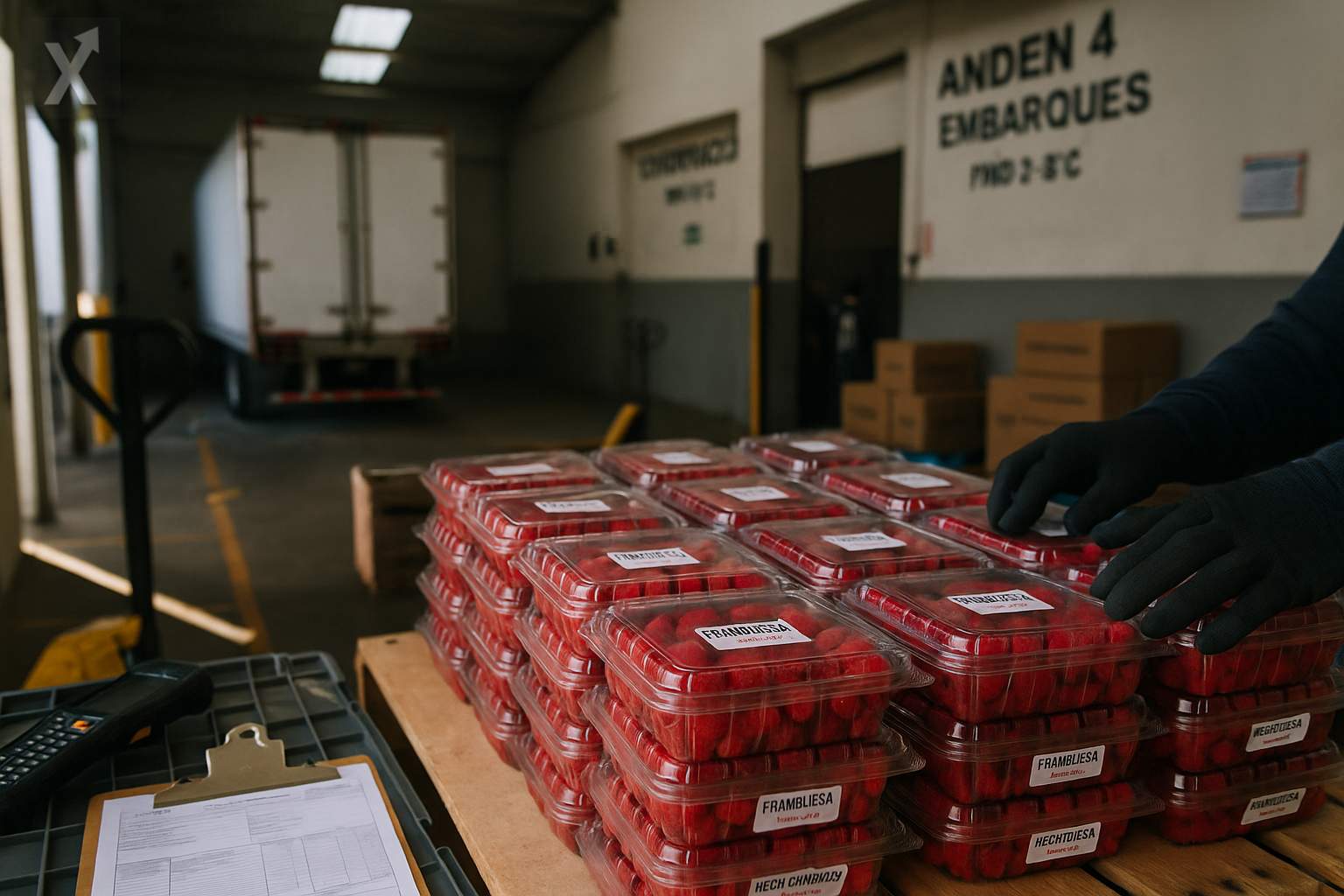Droughts: A Challenge for Beef Prices and Quality in Mexico

The droughts that Mexico has experienced in the second quarter of this year could impact beef costs, according to a report from Banco de México (Banxico). This institution pointed out that due to the lack of water, the availability of pastures and feed for grazing animals is affected, which could lead to an increase in cattle mortality or a decrease in their weight when they are slaughtered.
"Although the drought may result in a temporary increase in meat supply due to producers rushing to sell their cattle faster, in the medium term, this situation could severely affect the size of the cattle herd, thus reducing beef supply and exerting pressure on prices," states Banxico's analysis. The majority of beef produced in Mexico is intended for domestic consumption, with free-range grazing being the preferred method, accounting for 59.4% of national production. An additional 11.1% employs a controlled grazing system, where the quantity and frequency of grazing are regulated to maximize the use and conservation of pastures. Meanwhile, 4.4% combines grazing with pens and corrals, providing feed and balanced nutrition, and 17.3% is fed exclusively in pens or stables. "In total, 74.9% of beef production in Mexico relies to a greater or lesser extent on grazing, making it vulnerable to the immediate negative effects that droughts can have on pasture availability," highlights the Banxico report. Between 2018 and 2022, beef imports represented an average of 6.7% of national consumption. The northern, central northern, and southern regions of the country together produce 88.5% of the nation’s beef, according to the central bank. Jalisco and Veracruz stand out as the main producing states, accounting for 25.1% of national production, while the central part of the country contributes only 11.5%, meeting its beef demand through surpluses from other regions or imports.
The current climate situation underscores the importance of developing more sustainable and resilient agricultural and livestock practices. Diversifying protein sources and seeking out production alternatives could be key to mitigating the impact of natural phenomena on the economy. It is also essential for governments and producers to work together to implement measures that protect both ranchers and the end consumer. This will not only ensure price stability but also promote the country’s food security.






